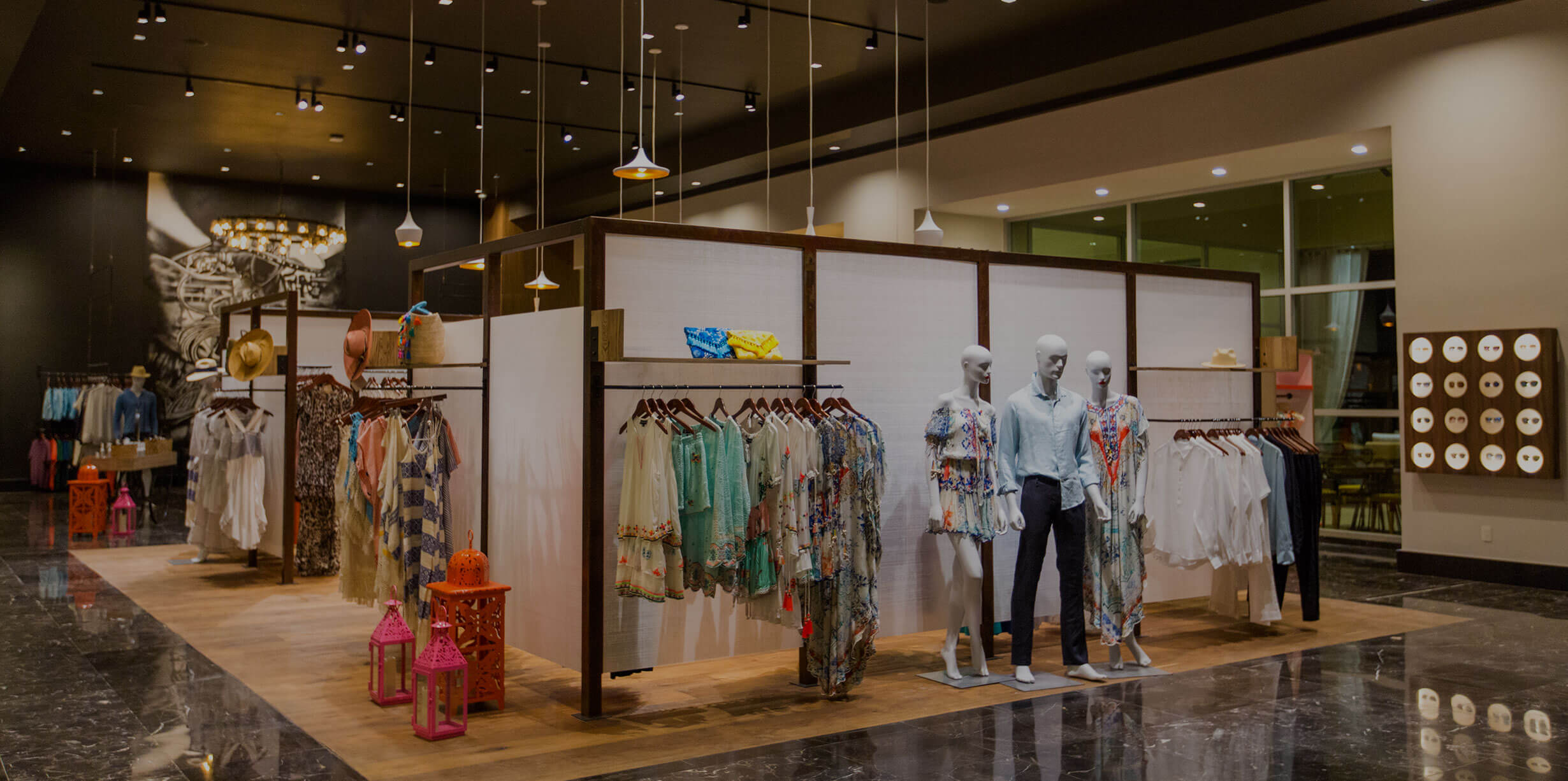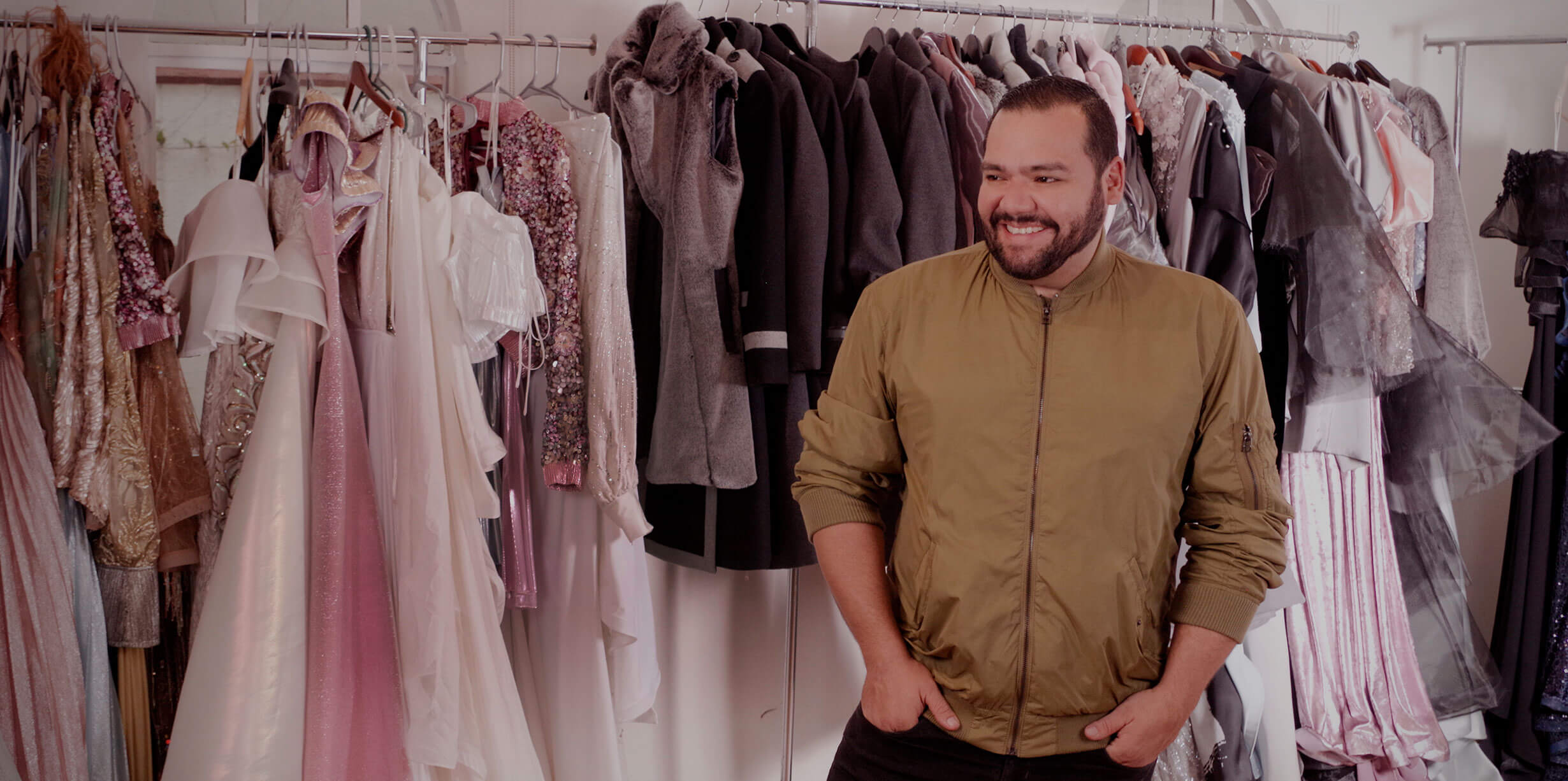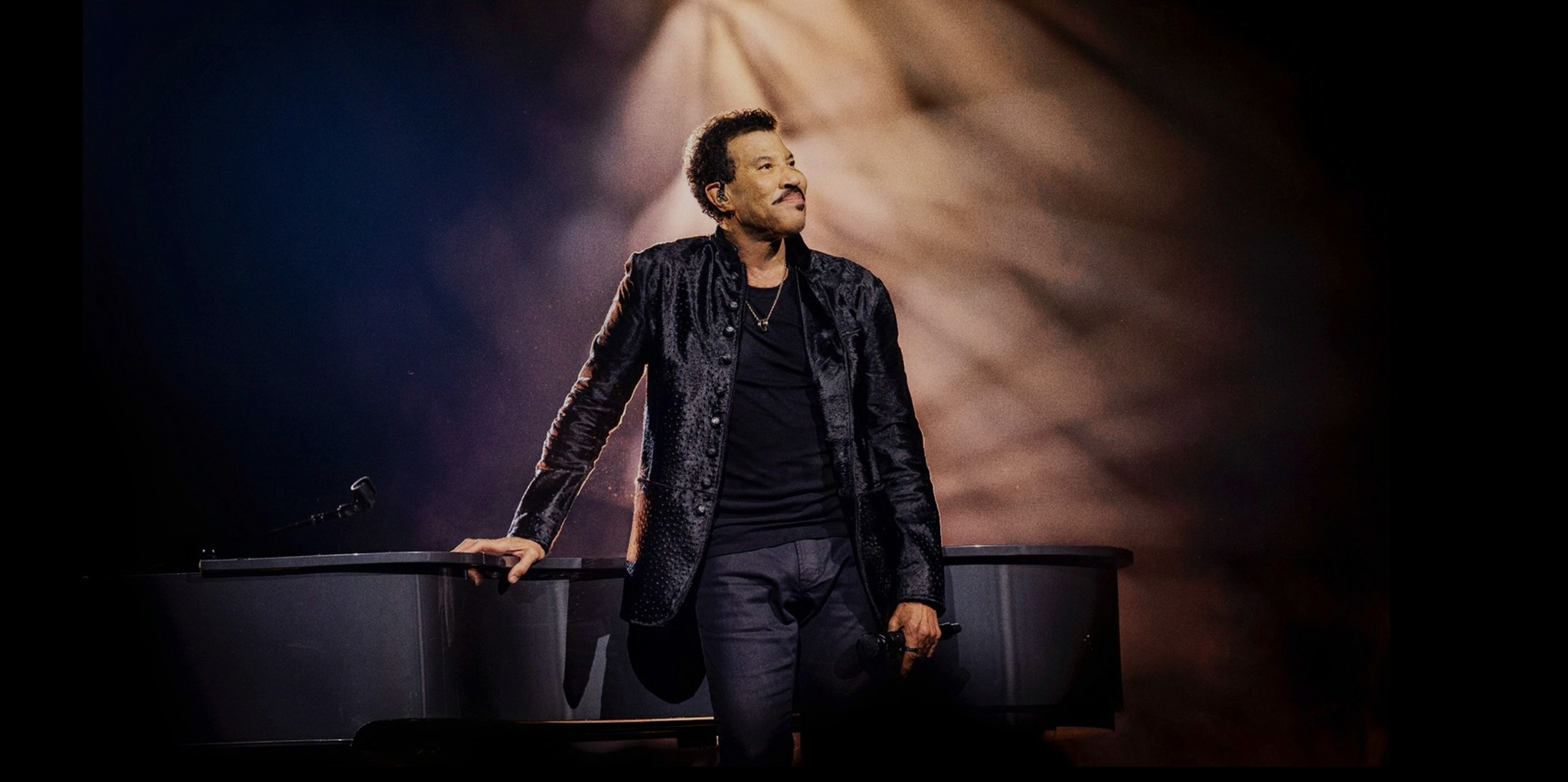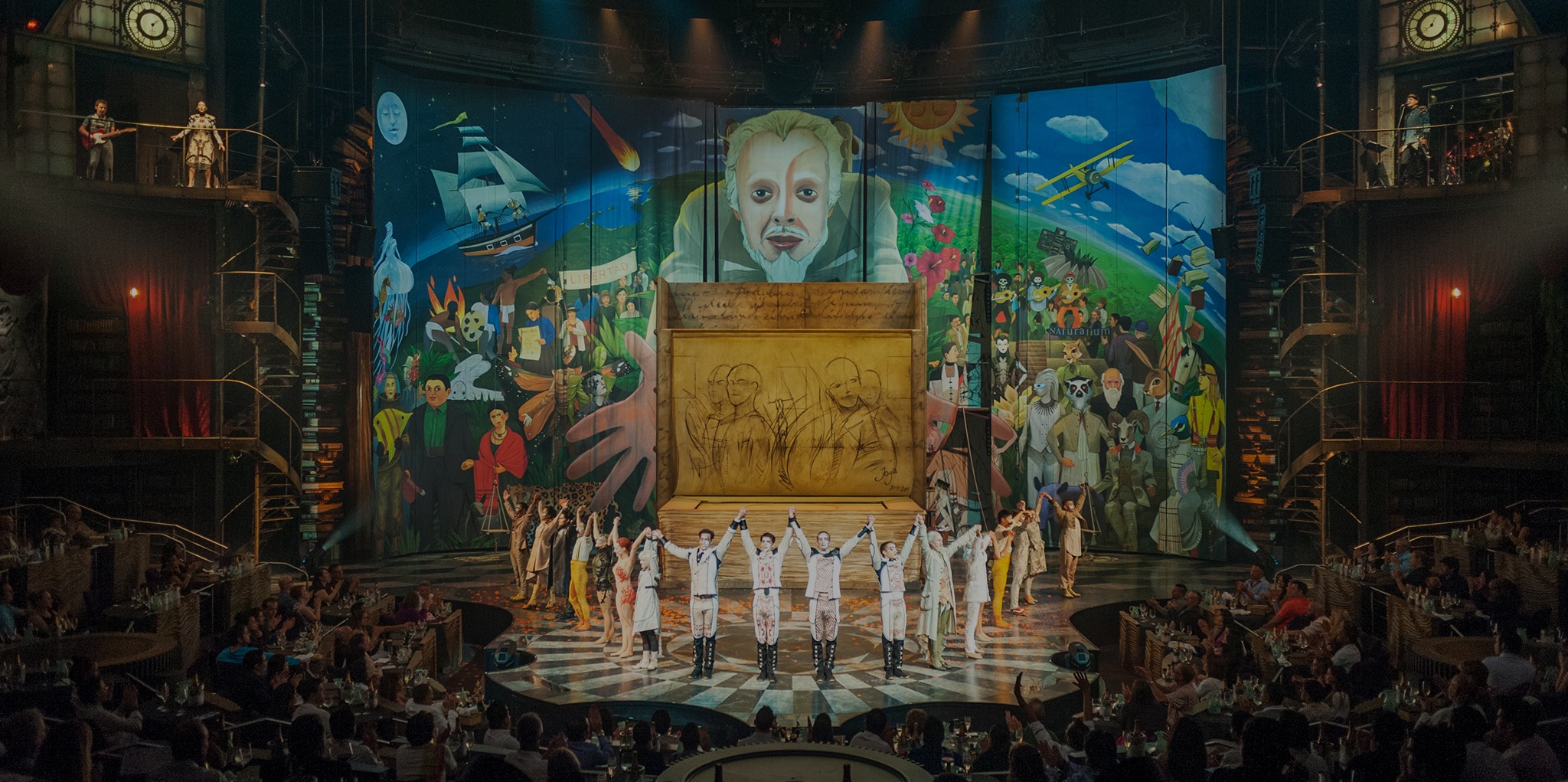Style

NAVEGUE CON ESTILO: Descubra VidantaWorld’s ELEGANT
Cuando la experiencia distintiva de los resorts de Vidanta se encuentra con el mar abierto, el resultado es ELEGANT. Este megayate iniciará el próximo abril a realizar travesías a los mejores destinos que redefinirán los viajes de lujo en altamar. VidantaWorld’s ELEGANT brinda un nivel de diseño, servicio y exclusividad que refleja a la perfección […]
Leer másVer todos los mensajes de Estilo

De playa con estilo: Conozca Que Lindo y su sofisticada selección de piezas y diseños
Vidanta Los Cabos se ha transformado. Desde la impresionante entrada con una estructura de anillos de madera, hasta los ritmos y sensaciones que provoca el OMNIA Dayclub, cada centímetro de este paraíso refleja estilo y relajación. Ahora, usted mismo puede adoptar dicho estilo en la boutique Que Lindo, la tienda de artículos seleccionados a detalle […]
Leer másVer todos los mensajes de Estilo

Diseñando para la protagonista: Presentando a Benito Santos para Vidanta Weddings
La transición de medicina a diseño de modas, puede parecer un gran cambio para algunos, pero para Benito Santos, aprender sobre la anatomía del cuerpo es el puente que une sus dos grandes pasiones. Uno de los diseñadores más queridos y reconocidos en México, extiende su horizonte hacia el diseño de alta costura para novias, […]
Leer másVer todos los mensajes de Estilo








